
A new Routledge Undergraduate Research Series book: Undergraduate Research in Theatre: A Guide for Students showcases Michelle Hayford’s insight on the “high-impact practice”(2) of theatre research. A valuable resource for both faculty and undergraduate theatre artists, this book encourages “creative scholarship [that] values mutual exchange and collaborative creation” (30) in all dramaturgical, design, devising, and production processes while engaging in thorough, ethical research practices. Theses, class/curriculum development (resources provided), and department accountability to “seek dialogic performance in community with others”(107) can empower students to contribute to the progression of the discipline.
Hayford emphasizes the value of theatre’s experiential learning methods within undergraduate research, describing how skills developed in theatre are sought after in fields beyond the arts and humanities. The first half of the book explains the value of reading literature reviews so that “new scholars…join the conversation as informed participants”(10). As a result they can then skillfully organize paratextual sources to “legitimize…theatre as a site for creative and critical inquiry where research is taking place in active and embodied ways”(20). Although theatre is the primary focus for exploring topics such as ethical responsibility to human participants, copyright, qualitative and quantitative data analysis, and disseminating research, the advice Hayford offers applies broadly to student researchers across arts and humanities disciplines.
Once accustomed to using to varied sources, theatre-artist readers can deep dive into applying research methods within a live project. Chapters Eight through Ten centralize performance itself and show how even the most standard scripted theatre incorporates research practices. Hayford delves into the responsibility of research required for “performers [themselves] as change agents” (92), “performance ethnographers”(91) for dialogic scripts, and decentralized storytellers for communities. Moving behind the scenes, Chapters Eleven through Fourteen tackle not only designer “solutions to art-making in the most unexpected circumstances”(123) but the importance of teaching “self-advocacy and negotiation skills to combat pay and labor support disparities they will face in the industry” (141). Every role, from stage manager to performer, must recognize how “the impulse to connect theory to practice, and embodied methodology to production”(172) is a constant liminal affair that they will grapple with as a theatre artist.
Hayford does an excellent job connecting the realm of theatre to the rest of the arts and humanities as valid, and effective research. Not only does she give students the tools to create thoughtful and passionate projects, but she consistently shows how crucial it is to “diversify and evolve academic theatre, enabling theatre graduates to enter their careers with less trepidation… to foster equitable work environments”(125). Using case studies from theatre departments across the world, Hayford emphasizes undergraduates’ current role in revolutionizing the discipline. When curating a piece of any significance, the “content… is only limited by the imagination and research efforts of its creators”(172). This book makes an important addition to the Routledge series, which includes several other volumes dedicated to arts and humanities, including one on Film Studies previously reviewed on this site. Any academic theatre scholar can benefit from Hayford’s inspiration to enact a multimedia, hands-on approach within their own undergraduate research.
Evelyn Wohlbier is a senior theatre major at Lewis & Clark College


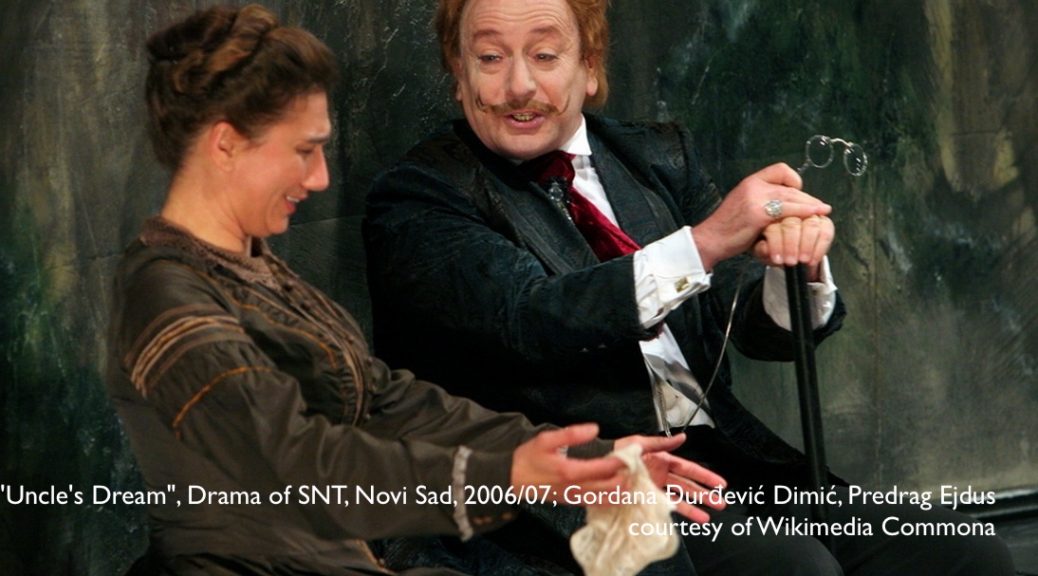

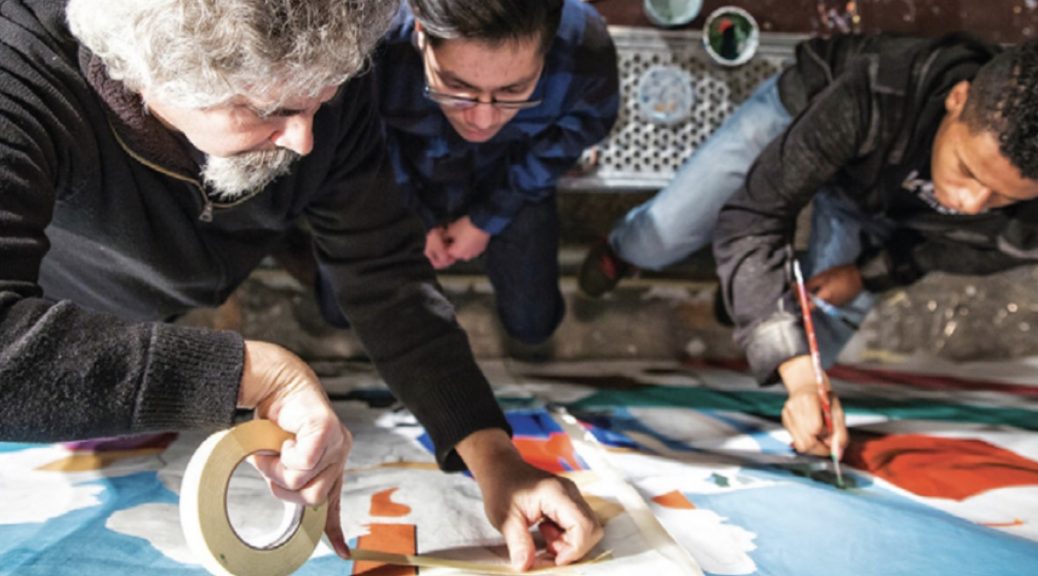
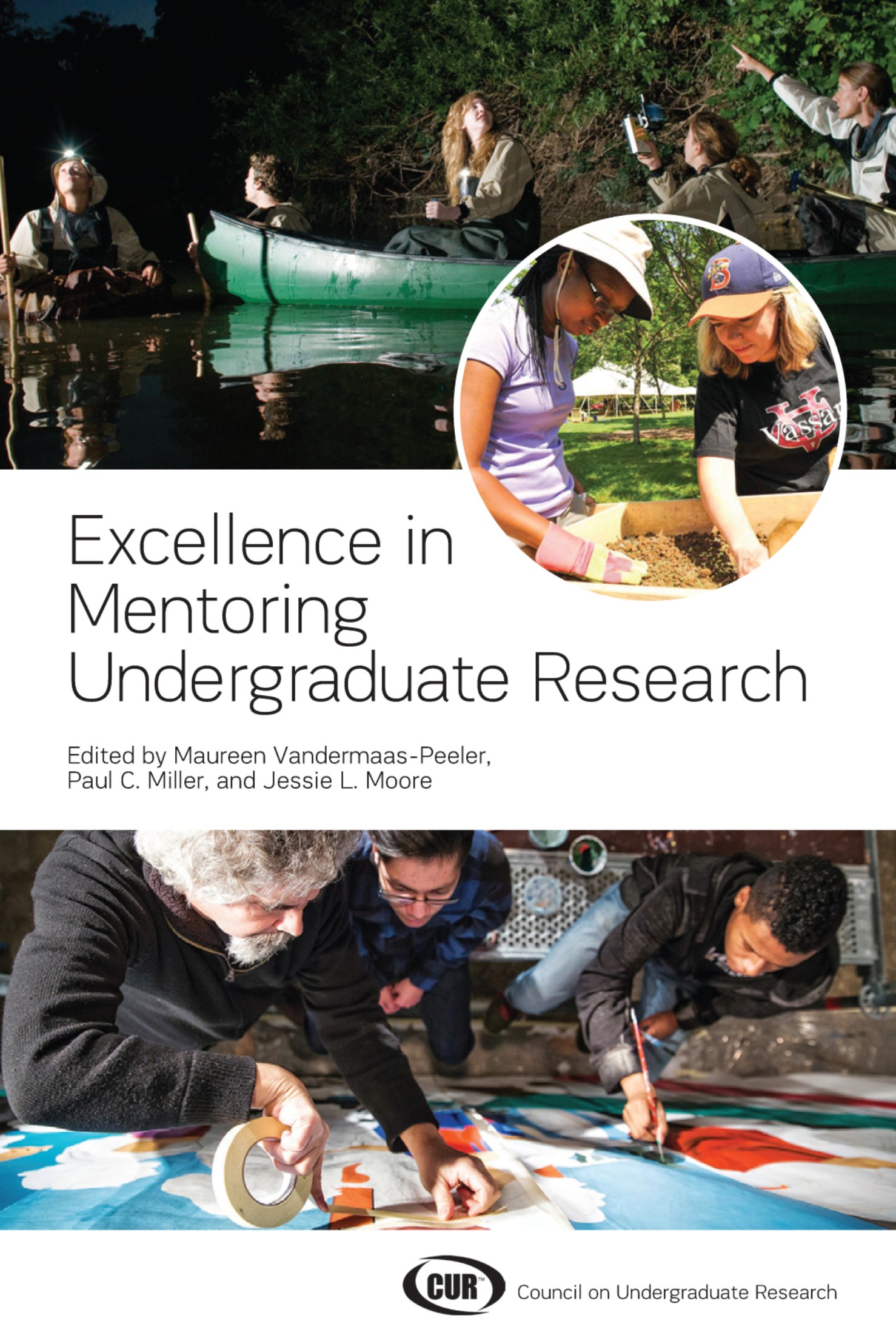

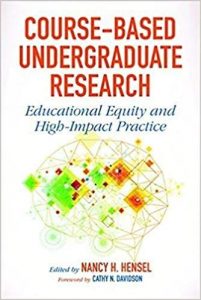 Today is the release of
Today is the release of 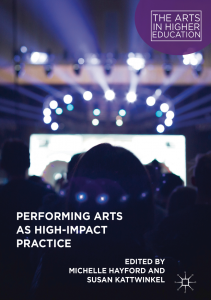 tly-elected CUR Arts and Humanities Councilor Michelle Hayford, Director of the Theatre, Dance, & Performance Technology Program at the University of Dayton, is co-editor with Susan Kattwinkel of Performing Arts as High-Impact Practice, in Palgrave’s The Arts in Higher Education series. As described on Palgrave’s website, “This book investigates how the performing arts in higher education nationally contribute to the “high impact practices,” as identified by the Association of American Colleges and Universities (AACU). Using the well-known map of the HIPs for illustrating the centrality of performing arts practices in higher education, the editors and authors of this volume call for increased participation by performing arts programs in general education and campus initiatives, with specific case studies as a guide. Performing arts contribute to the efforts of their institution in delivering a strong liberal arts education that uniquely serves students to meet the careers of the future. This is the first book to explicitly link the performing arts to the HIPs, and will result in the implementation of best practices to better meet the educational needs of students. At stake is the viability of performing arts programs to continue to serve students in their pursuit of a liberal arts education.”
tly-elected CUR Arts and Humanities Councilor Michelle Hayford, Director of the Theatre, Dance, & Performance Technology Program at the University of Dayton, is co-editor with Susan Kattwinkel of Performing Arts as High-Impact Practice, in Palgrave’s The Arts in Higher Education series. As described on Palgrave’s website, “This book investigates how the performing arts in higher education nationally contribute to the “high impact practices,” as identified by the Association of American Colleges and Universities (AACU). Using the well-known map of the HIPs for illustrating the centrality of performing arts practices in higher education, the editors and authors of this volume call for increased participation by performing arts programs in general education and campus initiatives, with specific case studies as a guide. Performing arts contribute to the efforts of their institution in delivering a strong liberal arts education that uniquely serves students to meet the careers of the future. This is the first book to explicitly link the performing arts to the HIPs, and will result in the implementation of best practices to better meet the educational needs of students. At stake is the viability of performing arts programs to continue to serve students in their pursuit of a liberal arts education.”